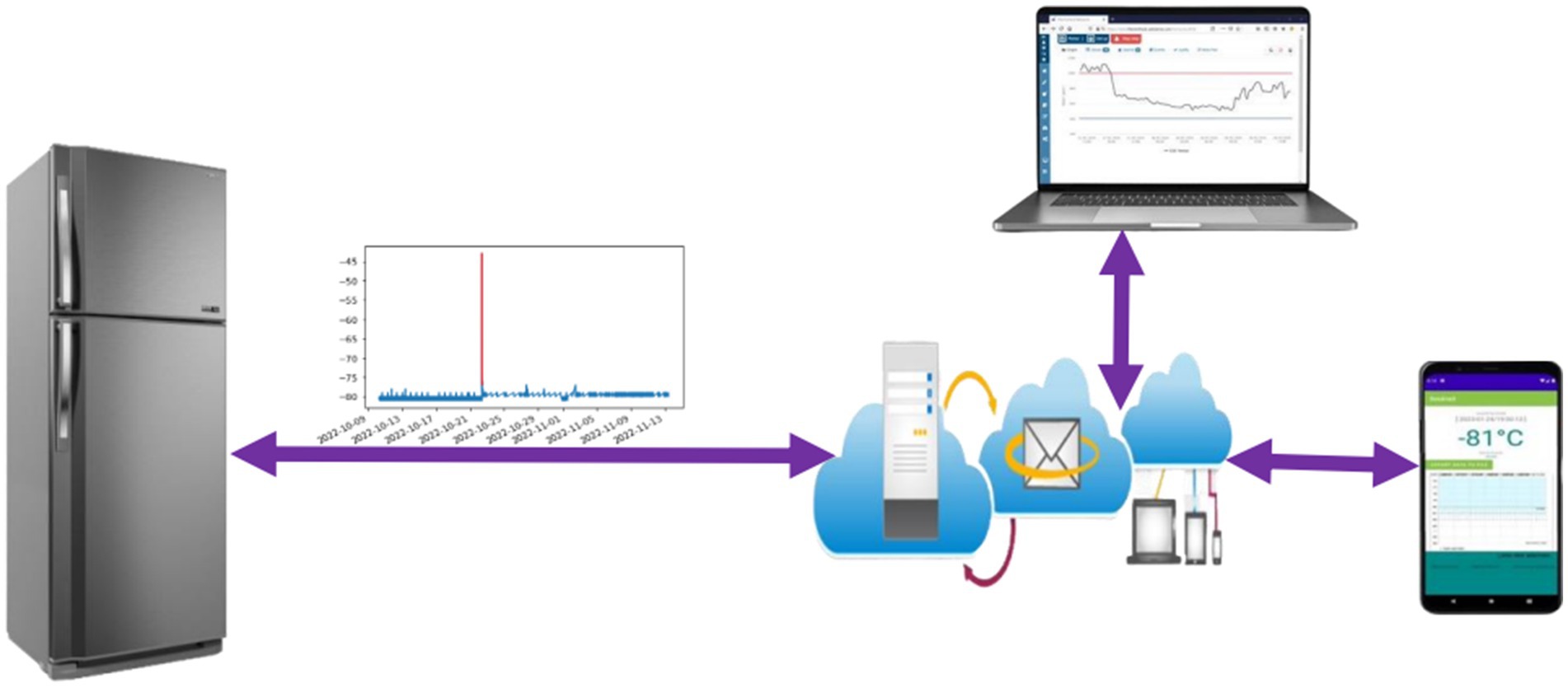

the most groundbreaking innovation of the previous century — or an air conditioning unit, they utilize substances known as “refrigerants” to control temperature. A refrigerant essentially transfers thermal energy between components, either absorbing or releasing heat via phase transitions, such as when a material transitions from solid to liquid or liquid to gas.
In an air conditioning system, the refrigerant generates cold air through a multi-phase cycle involving compression, condensation, expansion, and evaporation. Cold air is created by circulating air over an evaporator coil where the refrigerant is transformed from liquid to gas. This phase transition absorbs heat from the surrounding environment, leading to a reduction in temperature. The gas is subsequently routed through a compressor, increasing its temperature and pressure, before being moved to a condenser where it reverts to a liquid state, releasing heat (this is the large fan you typically see outside homes). That cooled liquid is then returned to the evaporator to repeat the cycle.
This is the purpose of refrigerants like Freon. Unfortunately, these compounds, often synthetic and composed of hydrofluorocarbons, are harmful to the environment, particularly when present in high concentrations. The innovative technology functions in a similar manner, but utilizes salt or “charged particles” to swiftly facilitate phase transitions from solid to liquid.